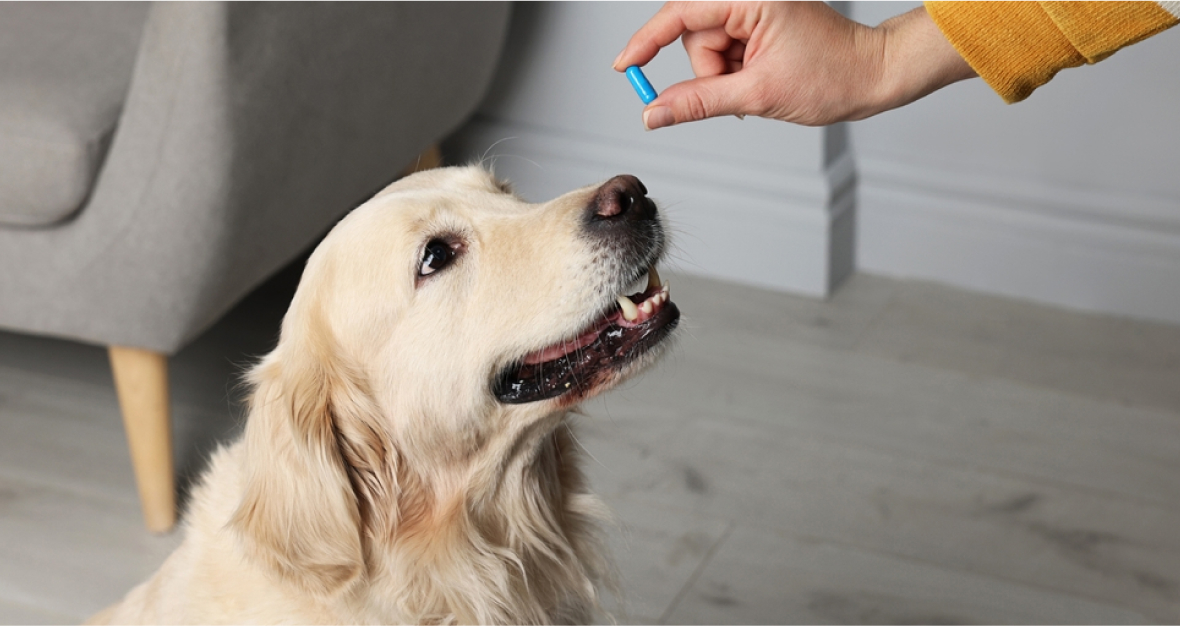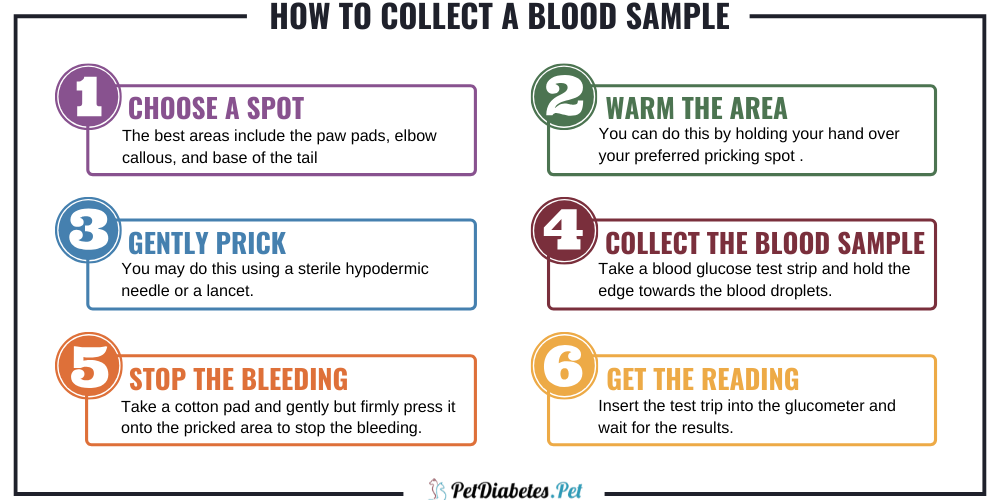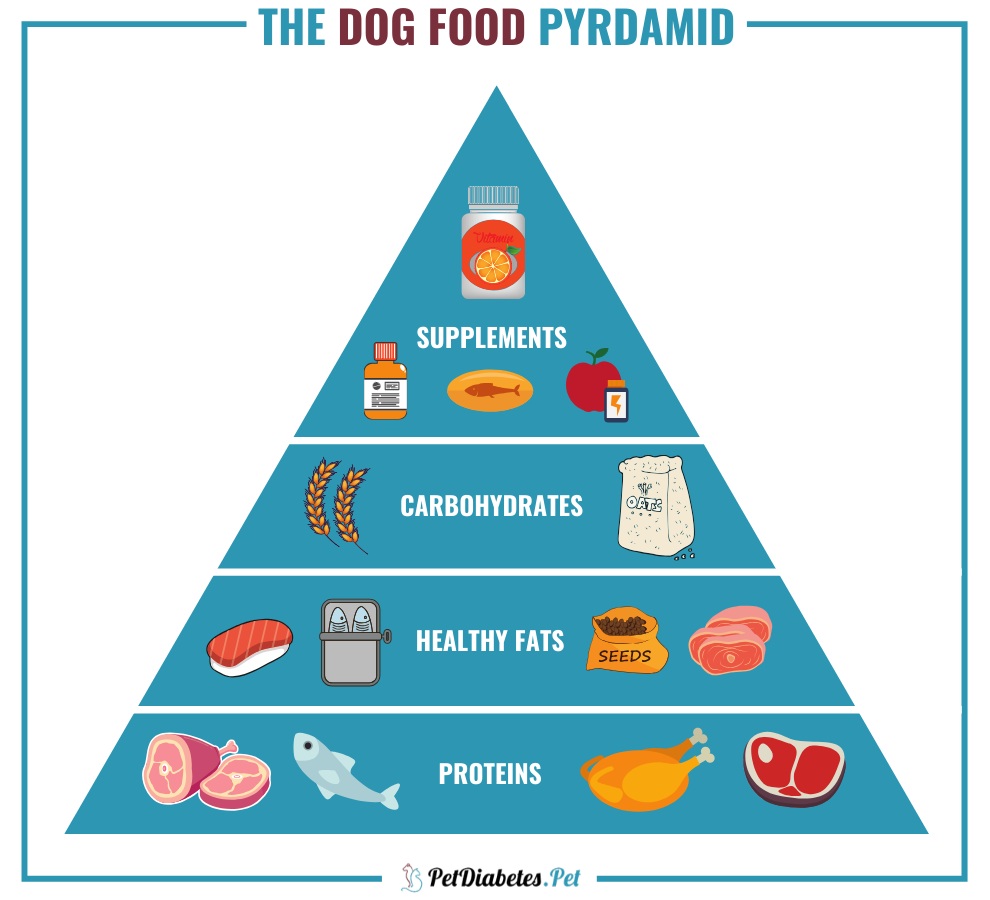Dog Treatment and Prevention

Like in humans, diabetes is a common chronic health condition in dogs. According to statistics, 1 in 300 dogs are diabetic, but many believe there is an underdiagnosis in most of the population, so the number could go higher.
As of today, the cause of diabetes remains unknown, but the food dogs eat is a significant factor in it. Some dogs are also more at risk of developing this condition, and experts believe it has something to do with genetics.
Diabetes develops when the body makes insufficient doses of insulin, has an unusual reaction to insulin, or stops producing the hormone completely. It is an important component when it comes to processing energy. The glucose that came from the carbohydrates gets absorbed into the blood and travels throughout the body to reach the cells.
When a dog’s body lacks insulin, the glucose would not be able to enter the cells that eventually get used for energy. It will then create a buildup in the bloodstream, and this concentration causes low blood sugar or hypoglycemia.
Dogs with this condition tend to function poorly due to lack of energy and get starved more often. They would not gain weight at all despite excessive appetite. They will also get thirsty and urinate more than usual.


Insulin Therapy
Insulin comes in a variety of forms and strengths to meet the needs of a certain diabetic dog. It varies on how quickly it takes effect, how long it lasts, and how fast it reaches its full potency. However, you should know that insulin can never be taken orally as a pill as the acidity in the stomach will destroy it. It must be injected directly into the veins under the skin to instantly reach the bloodstream.
The types of insulin used for diabetic dogs include:
- Short-acting insulin
Short-acting insulin, or regular insulin, usually takes 30 minutes to work completely and lasts for about 3 to 6 hours. It reaches its full potency 2 to 3 hours after the injection.
- Long-acting insulin
Long-acting insulin can last for a whole day after the injection. It typically starts to work after several hours. Some of these are the Prozinc, Lantus, and Levemir.
- Intermediate-acting insulin
Intermediate-acting insulin takes effect within 2 to 4 hours after injection. It can last for 12 to 18 hours and its full potency peaks at 4 to 12 hours.






Management
Once you’ve determined the right type of insulin for your dog, your vet will give you instructions on how to administer it properly. They will teach you the right dosage your dog needs and the frequency of the shot to ensure that their blood sugar is well maintained.
Your vet will also discuss to you how to monitor their condition, what kind of dog diabetes diet they will need, and the overall care for them at home including exercise routines and more.
You don’t have to worry because your vet will assist you along the way. If you have any diabetes-related questions, you can consult them about it, and they will give you the best answer they could.
Diet
Diet is perhaps the most important factor when it comes to controlling Canine Diabetes. You cannot risk overfeeding your pet as this can result in severe consequences.
A veterinarian’s help is the best thing that you could ask for because they will assist you in creating a meal plan that supports your dog’s needed calories in accordance with their daily activities and health. Every diabetic dog has different needs, but the more common diet is high-fiber and low-fat.
Fiber helps in slowing down the digestion rate of macronutrients like fats and carbohydrates to prevent sugar from getting absorbed into the bloodstream quickly. It allows diabetic dogs to feel full for extended periods and keep them from overeating.
With that, it is also necessary to keep in mind that fiber pulls water out of the body rapidly, so be sure to sustain them with enough water to avoid constipation and digestive problems.
On the other hand, low-fat foods have fewer calories. If you combine this with foods high in fiber, it will help with the dog’s shedding which reduces unnecessary weight and manages the glucose level. It would help if you always feed your dog the same amount of food, same ingredients, at a specific time of the day to keep their blood sugar levels at a normal range.
Regular Exercise
Type II Diabetes affects more overweight dogs in comparison to others. If your pet is over the weight normal for the breed, you should encourage them to exercise more and make it a part of their everyday routine. Fortunately, this type of diabetes is reversible if your dog reaches the normal weight through diet and exercise. It is possible to completely recover from this condition if they are living a healthy life.
You can also try an exercise routine like their feeding schedule. Administer the same things every day at a given time of the day to build their familiarity with it.
Blood Glucose Monitoring
Blood glucose monitoring will be a part of your dog’s diabetes management plan. You can bring them to the clinic and let your vet do it regularly, but it is time and energy-consuming. Instead, you can do it at home with a blood sugar testing kit. If you have a portable glucometer and test strips available at home, it is a better option.
It is important to check your pet’s blood sugar level several times a day depending on the severity of its Canine Diabetes. Your vet will teach you how to do this properly and how frequently you should do it to prevent abnormal levels.


Keep in mind that whenever you are measuring their blood sugar level, it is essential to keep track of the results. You can designate a notepad to put all the necessary details so it will be easier to show it to your veterinarian. This information will help them keep up with your dog’s current health status and see if there are unusual spikes and abnormalities in the levels.
Regular Veterinary Checkups
The treatment plan for Canine Diabetes is mostly done at home, but it is still important to attend regular vet check-ups to see if some possible improvements and complications may arise. This will also determine if the insulin treatment is still working or there is a need for a new treatment plan. A regular physical examination can prevent the development of other serious complications by addressing them in the earlier phases and treating them as soon as possible.
Prevention
The good news is that even if your dog is at risk of Canine Diabetes, there is still a way to prevent it from developing. Prevention usually includes a balanced diet full of nutritious ingredients, an active lifestyle, and regular vet check-ups. Never overfeed your dog, and if they need to lose some weight, consult your veterinarian to create a safe yet effective diet plan.
In some cases, these dogs will need to take steroids, but be sure to do it carefully and follow your vet’s given dosage and instructions properly. Overexposing them to the medication can damage the pancreas and create an even more severe problem.
Healthy Lifestyle
When choosing the proper ingredient to incorporate in your dog’s diet plan, it is necessary to consider the long-term effects and nutritional values it contains. Be sure that they are always getting the proper amounts of nutrients, vitamins, and calories from their meals every day. Typically, a diabetic dog food plan has 30% to 40% calories from meat-based protein and 10% to 15% from fats and carbohydrates.
As much as possible, avoid giving them too many treats as these are often high-carbs and high-fats. If you are going to include it in their meals, be sure to keep it no more than 10% of their daily diet plan. (American Kennel Club, 2018)


A healthy diet should also be paired with a proper exercise routine. A 30-minute workout per day is enough to maintain their body weight, whether they are a large breed or not.
However, the type of exercise should also be put into considerations. If your pet’s breed belongs to the low-energy group like basset hounds and bulldogs, strolling around your neighborhood is enough. For active dog breeds, you can bring them on hikes and perform rigorous activities and sports.
Supplements
Supplements provide extra nutrients that can help your dog have a better lifestyle and improved health. There are anti-diabetes supplements that you can include in their meal if they are not yet diagnosed with the illness but are at risk of acquiring the condition. The chemical L-carnitine is proven to improve fat digestion and help the body to develop more lean muscles as they lose weight.
Another popular nutrient is the Omega-3 fatty acids, which reduce the amount of unhealthy fat from the body while promoting better immune function, weight loss, and heart health. It is often found in fish oil, but you can easily include it in your dog’s diet through supplements.


If you think of adding these to your pet’s diet, you should ask your vet first and confirm whether these nutrients and supplements will be beneficial rather than dangerous. They can also tell you the proper dosage to give to your dog and its possible effects when taken alongside other existing medications if any.
Annual Physical Exams
Regular checkups are essential because they can prevent Canine Diabetes and other complications from developing and worsening. Detecting an illness in its early stages allows your vet to develop a treatment plan before it becomes worse. Your dog will also have a higher chance of recovering and living a better life.


Top 5 Frequently Asked Questions
As of writing, there is no existing cure yet for Canine Diabetes. Dogs with diabetes need a treatment plan to manage the condition. It includes insulin therapy, a diet plan, and other medications.
The primary cause of diabetes in dogs remains unknown, but obesity, genetics, unhealthy lifestyle, existing health problems, and other underlying complications are significant factors in developing the condition. Dogs with chronic pancreatitis and Cushing’s syndrome are also more at risk of acquiring diabetes.
On average, a month of insulin dosage alone costs around $40 to $200 based on the type used. Blood glucose testing kits like lancets and test strips are $10 to $40 a month, while a portable glucometer can cost about $20 to $500. For in-clinic testing, vets usually charge blood glucose samples for $10 to $20 per visit.
- Polyuria (frequent urination)
- Polydipsia (excessive thirst)
- Polyphagia (Increased appetite)
- Urinary incontinence (inability to control urination)
Unfortunately, no. Dogs diagnosed with diabetes will require a regular shot of insulin to balance their blood sugar levels. They should also change their lifestyle to a healthier one to prevent other complications from developing and still live a great life.




